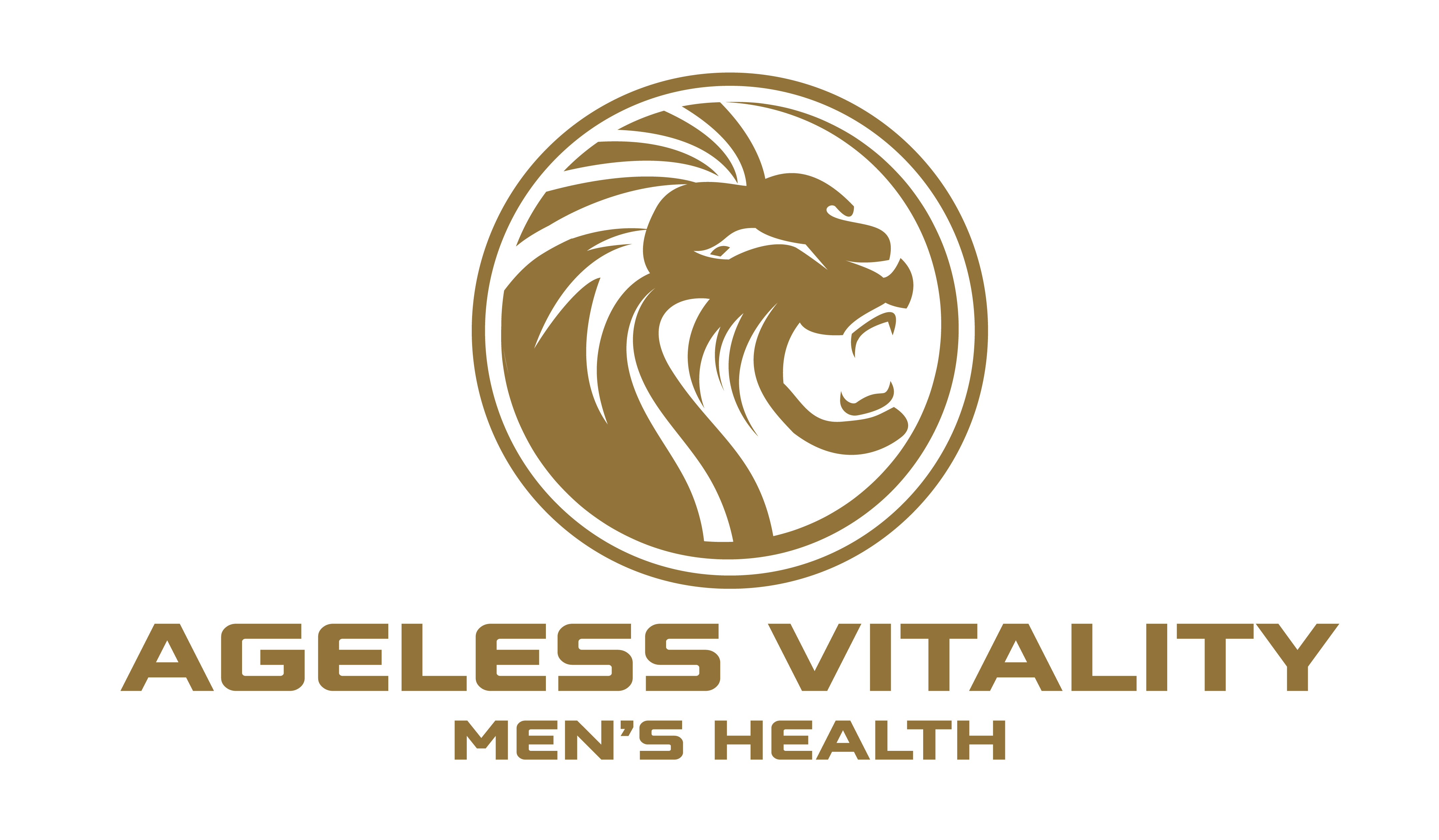Notice your muscles feeling weaker? Struggling to lift the same weights you used to? While aging and lifestyle factors play a role in muscle loss, low testosterone can be a significant underlying contributor. Understanding this connection is crucial for addressing muscle weakness and maintaining overall strength.
Testosterone’s Role in Muscle Growth and Strength
Testosterone is more than just a sex hormone; it’s a key player in muscle development and maintenance. It exerts its influence through several mechanisms:
- Protein Synthesis: Testosterone stimulates protein synthesis, the process by which your body builds and repairs muscle tissue. Higher testosterone levels lead to increased protein synthesis, resulting in greater muscle growth and strength.
- Muscle Fiber Growth: Testosterone promotes the growth of muscle fibers, particularly type II muscle fibers responsible for strength and power. This leads to increased muscle mass and improved strength capabilities.
- Satellite Cell Activation: Satellite cells are muscle stem cells crucial for muscle repair and regeneration. Testosterone stimulates the activation of these cells, facilitating muscle recovery after exercise and injury.
- Bone Density: Testosterone also plays a vital role in maintaining bone density, which is essential for supporting muscle function and reducing the risk of fractures. Low testosterone can lead to decreased bone density, increasing the risk of injuries that further impair muscle strength.
The Link Between Low Testosterone and Muscle Loss (Sarcopenia)
As testosterone levels decline, the processes mentioned above are impaired, leading to decreased muscle mass and strength. This age-related muscle loss is known as sarcopenia. However, low testosterone can contribute to sarcopenia even in younger men.
Symptoms of Low Testosterone-Related Muscle Weakness
Beyond simply feeling weaker, low testosterone-related muscle loss can manifest as:
- Decreased Muscle Size: You might notice a reduction in overall muscle mass, particularly in the arms and legs.
- Reduced Strength: You may find it increasingly difficult to perform activities requiring strength, such as lifting heavy objects or climbing stairs.
- Increased Fatigue: Muscle weakness can lead to increased fatigue and reduced stamina.
- Difficulty with Physical Activities: Simple everyday tasks might become more challenging.
- Increased Risk of Injury: Weaker muscles are more susceptible to injuries.
Addressing Muscle Weakness Related to Low Testosterone
If you suspect low testosterone is contributing to your muscle weakness, it’s crucial to consult a healthcare professional. They can assess your overall health, conduct necessary tests (including a blood test to measure testosterone levels), and recommend appropriate treatment options. These might include:
- Testosterone Replacement Therapy (TRT): TRT can help restore testosterone levels to a healthy range, potentially improving muscle mass, strength, and overall physical function. However, it’s crucial to remember that TRT should only be undertaken under strict medical supervision.
- Resistance Training: Regular strength training exercises are essential for building and maintaining muscle mass, regardless of testosterone levels.
- Proper Nutrition: A diet rich in protein is crucial for muscle growth and repair.
- Adequate Sleep: Sufficient sleep is essential for muscle recovery and growth.

